With the Chiquita/Cutrale banana deal in the headlines, Vicky Bullen, CEO of Coley Porter Bell, looks at how branding can help turn mergers and acquisitions into a success.
As produce giant Chiquita Brands International recently announced that it had accepted a takeover offer from Brazilian juice maker Cutrale Group and investment firm Safra Group, I couldn’t help wondering: can branding and design bring clarity and focus to the daunting process of mergers & acquisitions? It’s a sobering fact that seven in 10 M&As fail to create long-term shareholder value; yet despite the current failure rate, the outlook doesn’t have to be so grim.
Brand strategists can help decision-makers have the right conversations and ask the right questions at crucial (and often difficult) moments of the M&A process. A good example that has stood the test of time is when Unilever acquired Ben & Jerry’s. The brand began using Unilever’s performance management system but added its own performance dimension of maintaining its social mission. During this critical post-acquisition integration phase, Ben & Jerry’s successfully maintained its corporate identity and brand image and, at the same time, became profitable.
Branding can actually help deliver a more successful merger. There are four key challenges in particular where branding and design can make a difference.
First, they can help ensure brand value is engineered in the long term. This should be the ultimate goal. The process of due diligence is the ideal time to consider the real worth of branding, and the best way to integrate brand strategy with business strategy. Charles Worthington / PZ Cussons has gone from strength to strength since acquisition. The brand has now been taken from the UK and expanded worldwide.
Second, they can ensure the day of the deal is not a missed opportunity. If you take branding into consideration right from the start, the answer to the question ‘When should we announce our new name?’ should hopefully not be met with the answer: ‘later, or not at all’. The announcement of the deal is the ideal time for a new brand identity to be revealed, as it’s the time it can make the strongest impact.
Third, branding and design can help define a vision for the newly merged business. Branding is a crucial mode of communication that can support and guide the transaction by motivating employees and strengthening internal confidence. It’s key to a successful deal and should be the backbone of a comprehensive integration plan. Without a clear definition of the new company’s vision, values and behaviour, the newly merged company’s employees are at risk of defecting and customers will lose sight of what it offers.
And finally, they can help integrate internal and external culture. Adopting one brand over another might be the right decision where one brand is clearly more dominant, as Pfizer did when it took over Warner-Lambert, but you might want to adopt something entirely new. In this case it’s smart to pursue a branding strategy that explicitly seeks to transfer equity from both merging companies to the new one as a merger’s success relies in part on preserving positive feelings among customers and employees.
Incorporating brand at all phases of a merger, from discussions to implementation to integration, undoubtedly forces difficult discussions and decisions, but it ensures that you act in direct response to your business strategy and your unique position in the market.



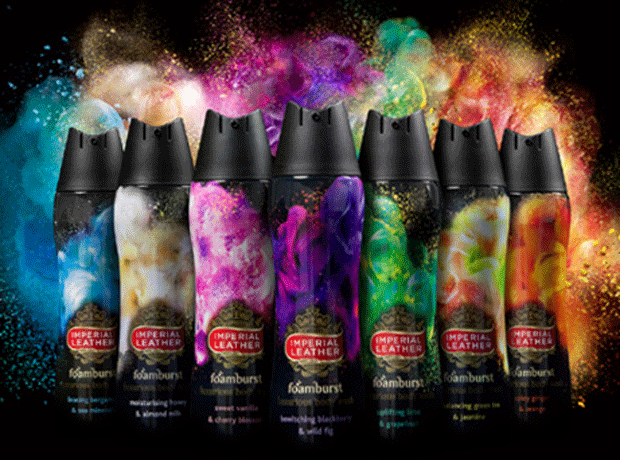


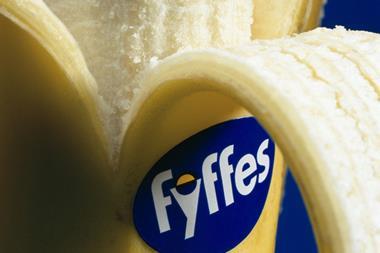

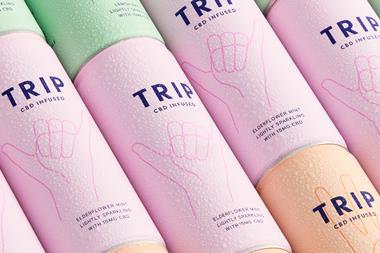
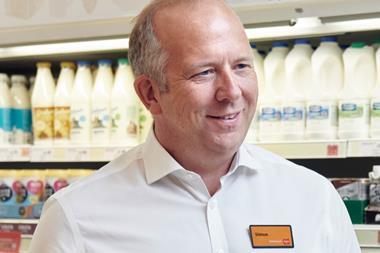

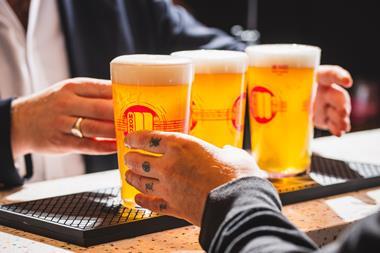


No comments yet